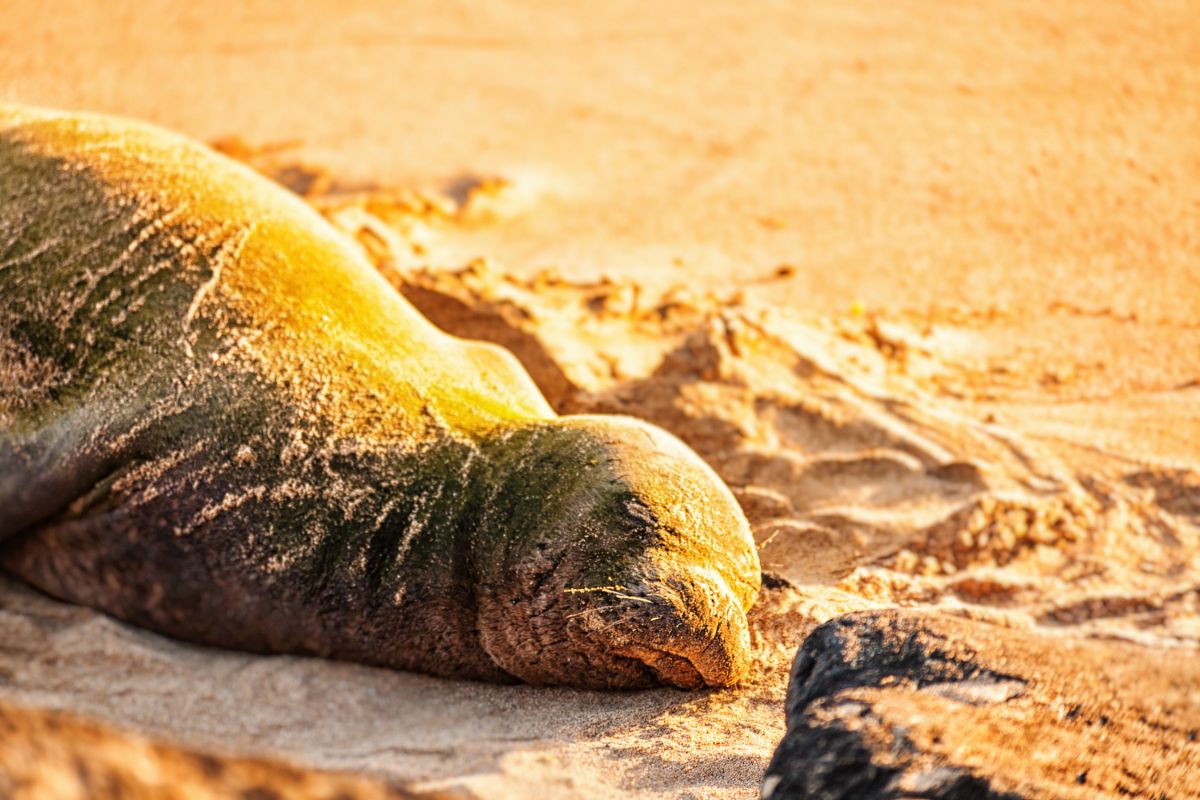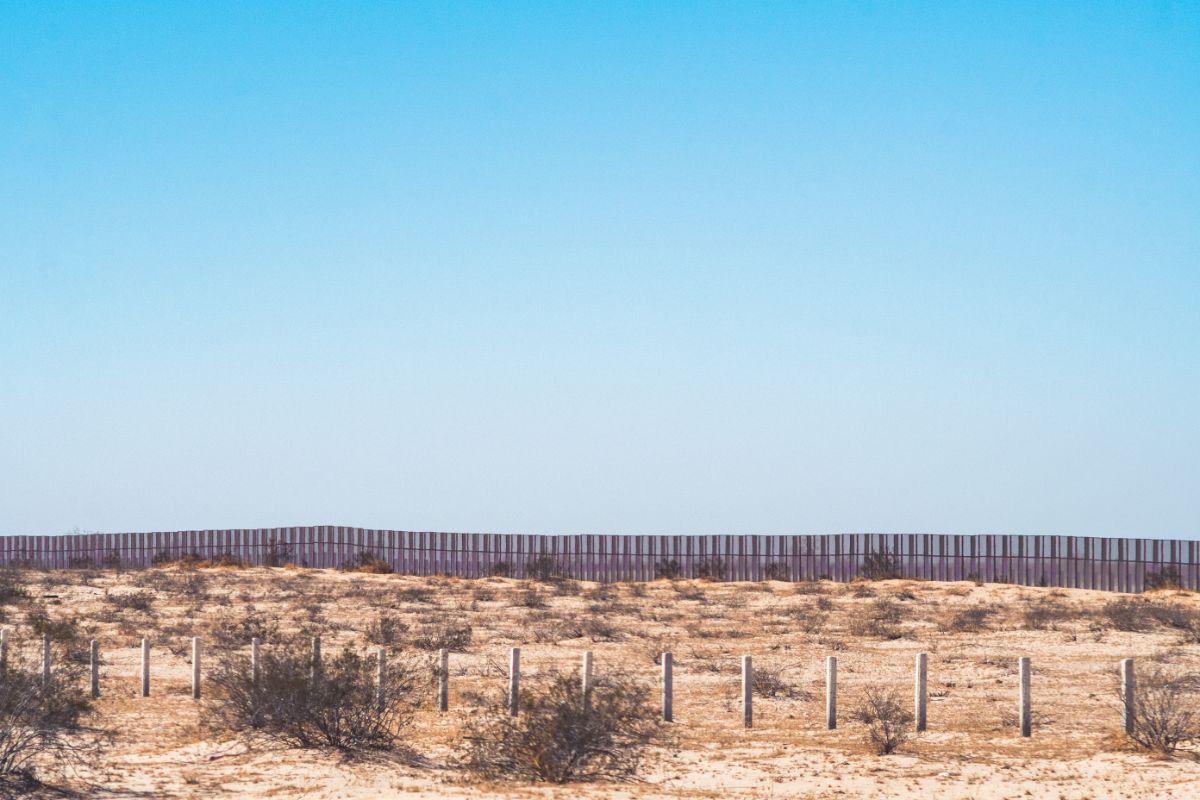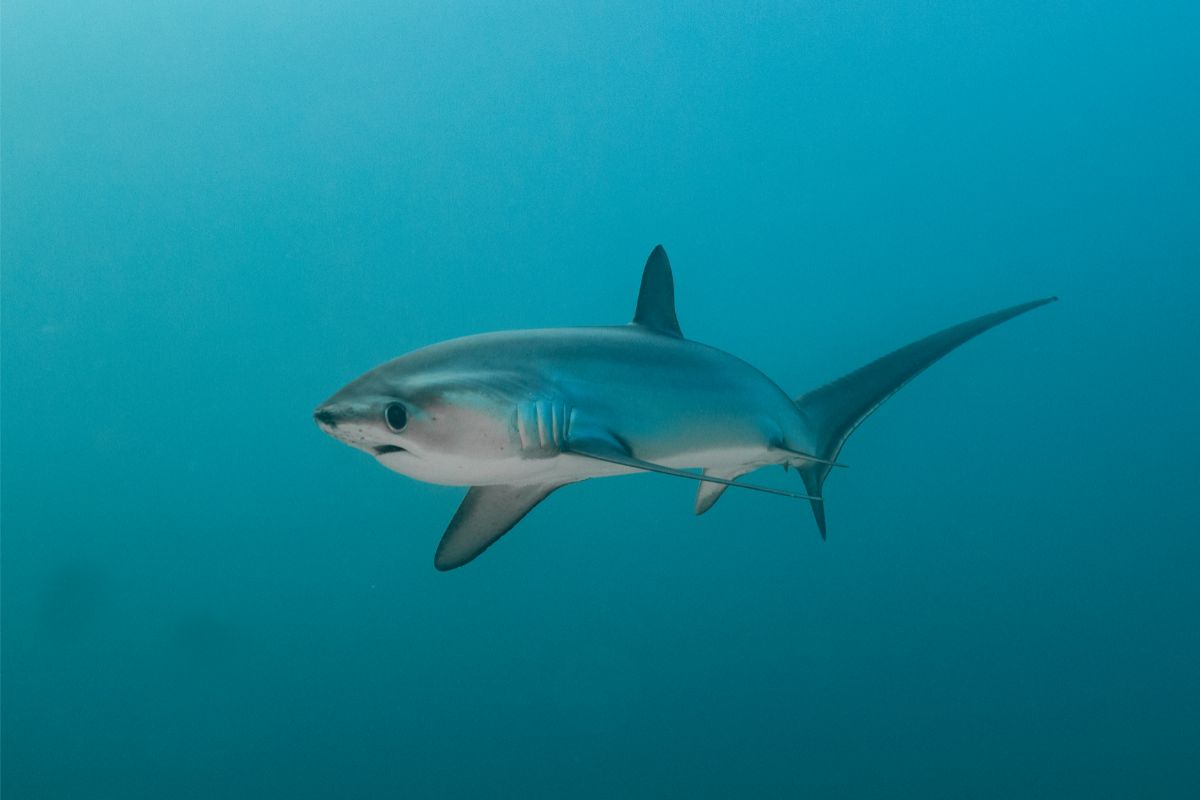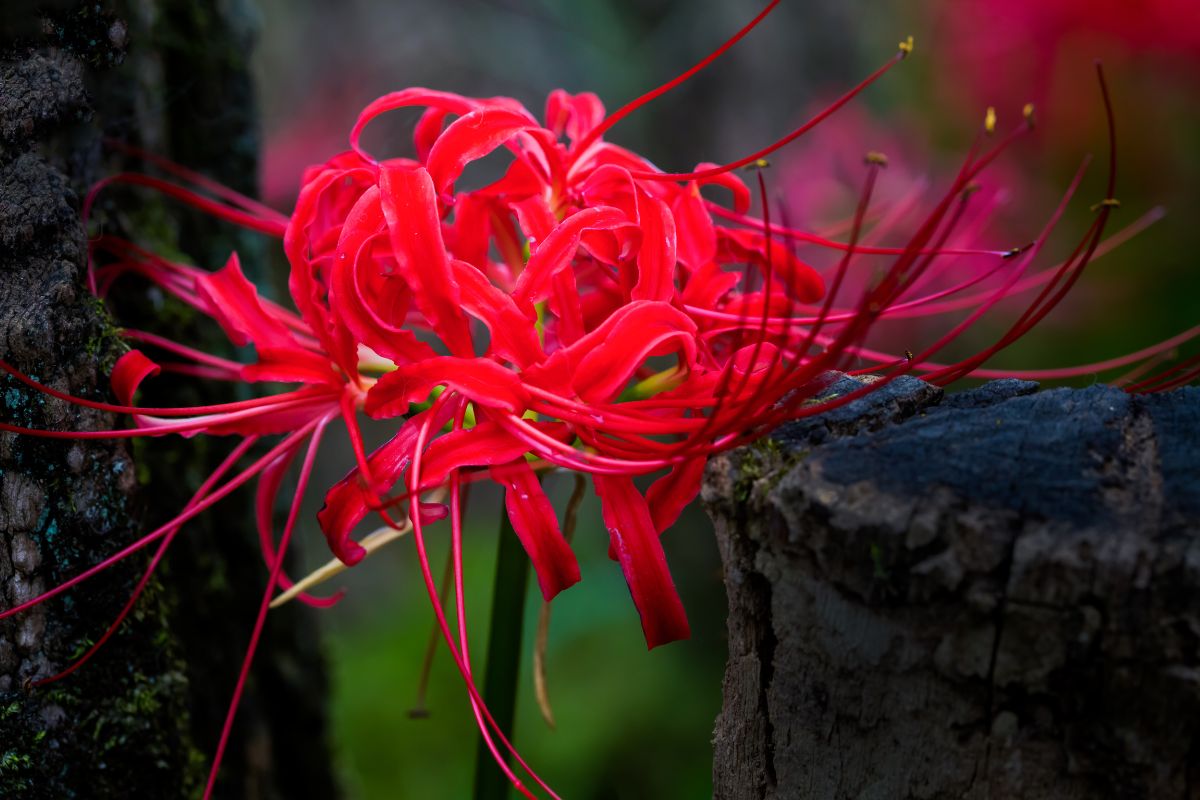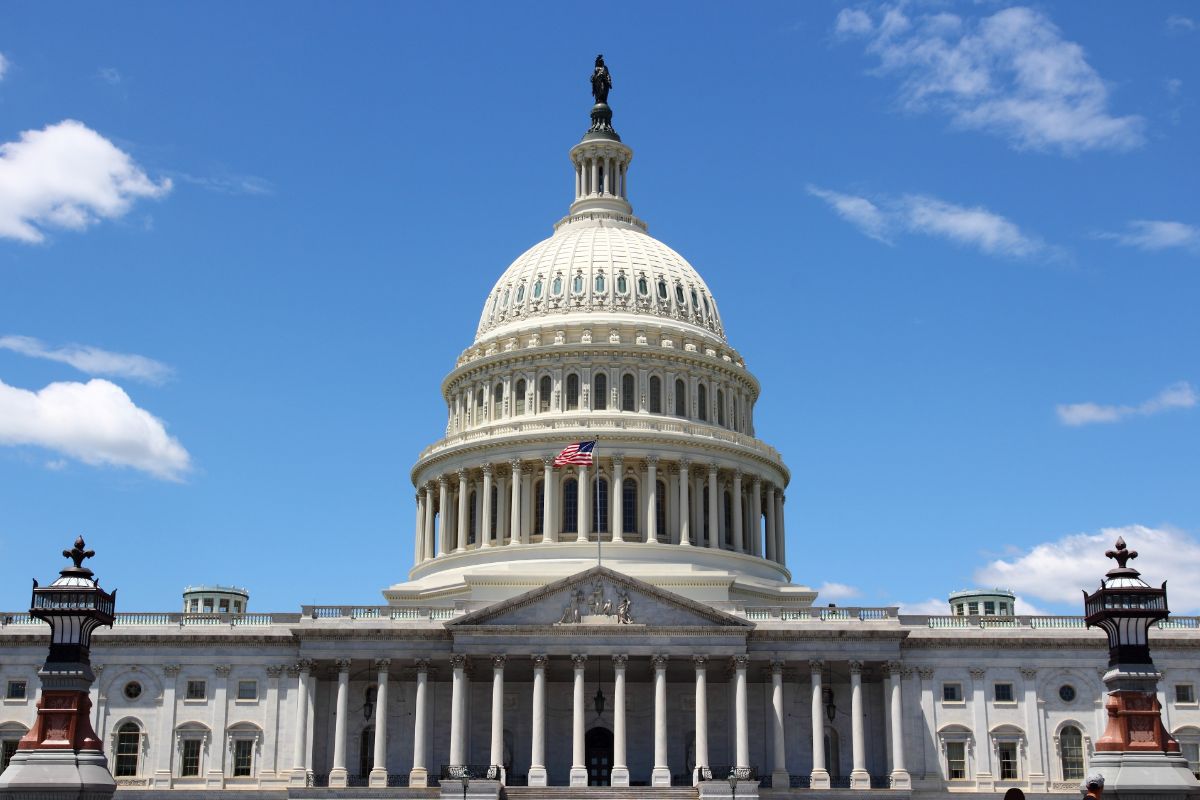Environmental changes occur regularly. Whether they are natural or human-caused, landscapes can be rapidly altered.
When this happens, landscapes can become unsuitable for animals. For instance, if a species relies on a certain plant for food, this landscape will no longer be viable for them if this plant can no longer grow.
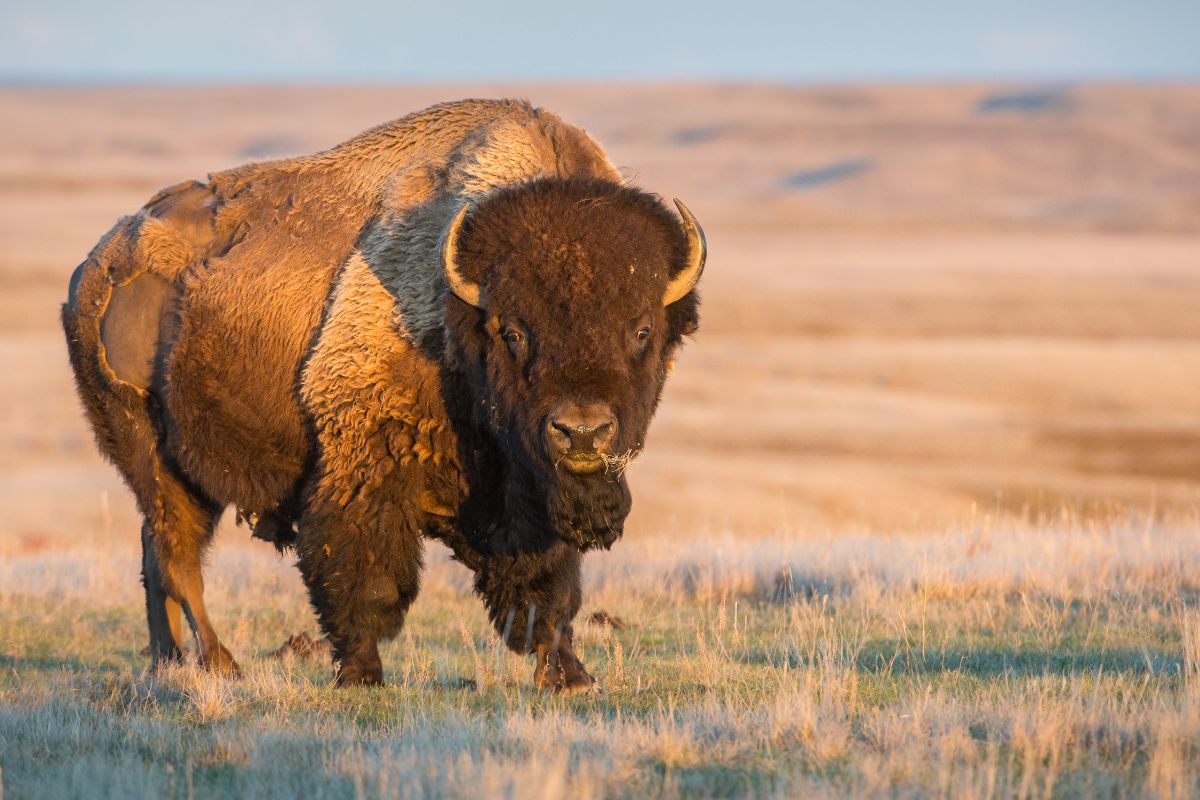
The Northern Great Plains (NGP) is an example of a landscape that has experienced significant changes. This massive area in North America has long been used as a landscape for agriculture.
Bison were once found throughout the Northern Great Plains. Consequently, many people developed a kinship with these great beasts.
They became culturally significant for many Native Americans. Unfortunately, bison populations dwindled. Can they be saved? Find out here.
Why Did The Bison Population Decline?
Bison populations were once substantial in the Northern Great Plains. It has been estimated that there were over 30 million bison in the area at one stage.
Sadly, this number declined dramatically. There are a few reasons for this, including:
Bovine Disease
There are a few different varieties of bovine diseases that can affect cattle, such as bison. During the 19th and 20th centuries, bison were introduced to numerous bovine diseases.
One of the most harmful diseases is Brucellosis. This disease can affect a wide array of animals, including bison. This disease can even be transmitted to humans, resulting in them developing flu-like symptoms.
When bison catch this disease, it can have extreme effects, For instance, abortion can be induced in pregnant bison. Brucellosis can also lead to them becoming infertile. Furthermore, bison milk production will be reduced.
As you can imagine, Brucellosis had a major impact on the bison population. This is because they were unable to produce as many calves due to forced abortions and infertility.
Potentially, more bison were dying than new calves were being born.
Commercial Hunting
Hunting is the main reason for the decline in the bison population. Throughout the 19th century, bison were ruthlessly hunted.
This resulted in the population dropping from millions to just a few hundred left. Bison were hunted for sport.
This hunting by white Americans had a negative impact on the Native Americans. This was because they relied heavily on bison, using their fur for clothes that allowed them to survive in the winter.
Moreover, bison meat was used as food by the Native Americans.
Thus, some historians believe that this slaughter was intentionally performed to restrict the Native Americans. The hunters treated bison as commodities, transforming bison hides into a leather to make a profit.
It has taken years for bison populations to increase following this mass slaughter.
Landscape Changes
While hunting and bovine disease were the main causes of the population decrease, changes in the landscape could also be responsible for the disappearance of the bison.
Over the centuries, this habitat has experienced significant change. Centuries ago, the Northern Great Plain was teaming with wildlife. Though lots of species still live there, this landscape is not what it once was.
Climate change and energy development have likely caused the plain to become altered. Thus, the ecosystem may be less well-suited to bison.
How Can We Restore Bison To The Landscape?
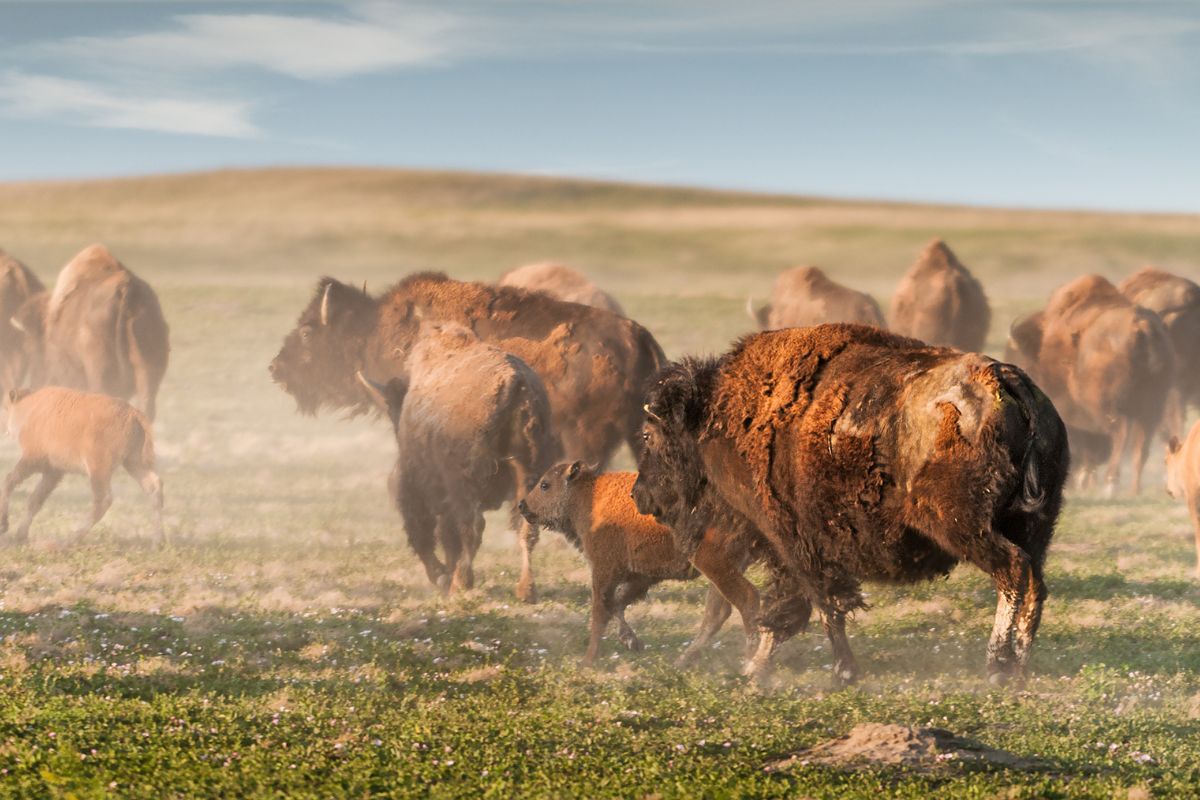
One of the main techniques being used to restore bison to this landscape is reintroduction. This means that surviving members of the species are reintroduced into this habitat.
Several organizations, such as Defenders of Wildlife, have worked to reintroduce bison. This effort culminated in a massive reintroduction project in May 2012.
During this time, pure bison were moved from Yellowstone Park to the Fort Peck Reservation. Since then, the Defenders of Wildlife have continued to oversee the reintroduction of bison.
The WWF (World Wide Fund for Nature) has likewise been involved in working with ranchers to reintroduce bison. For instance, this charity was involved in the establishment of the Wolakota Buffalo Range in 2020.
If you want to support the work done by the Defenders of Wildlife or the WWF, you can donate money to the organization.
You can donate as much as you want! Plus, you can choose whether you wish to make a one-off payment or pay monthly.
You can also create fundraising events to increase awareness and increase funds. This money can be donated to organizations that are actively trying to restore bison to the landscape.
Moreover, if you use social media, you can utilize this tool to spread awareness about bison reintroduction projects.
Prairies dedicated to preserving bison can be found throughout America. If this work continues, the bison population will continue to grow. Hopefully, the landscape will once again be filled with brilliant bison!
Are Bison An Endangered Species?
Though bison were once on the brink of extinction, they are no longer considered endangered.
This is because conservation work has managed to preserve this species, despite the effect that hunting had on the population.
Nowadays, bison are classed as “near threatened”. Of course, this is a better status than either being extinct or endangered.
Yet, bison are still threatened. If reintroduction does not continue, bison could once again face extinction.
Frequently Asked Questions
Are There Any Wild Bison Left In The United States?
There are very few wild bison left in the US. It has been estimated that there are approximately only 300 left in the wild. This is because the majority of surviving bison are in captivity thanks to reintroduction projects.
How Long Do Bison Live?
Most bison tend to have a lifespan between 10 and 20 years. However, some bison are able to reach the age of 25 years.
Of course, many factors influence the lifespan of bison. Research has found that captive bison tend to live longer than wild ones.
Final Thoughts
Bison are mighty creatures that deserve to be protected. Through conservation efforts, the bison population can be restored so that they are once again found throughout the American landscape.
These animals, which symbolize strength and stability, are an important part of our culture and should not be forgotten.
- What Do Squirrels Eat? Learn About Their Diet and Winter Survival - October 14, 2024
- What Do Raccoons Eat? Discover Their Diet and Eating Habits - October 6, 2024
- What do foxes eat? - October 5, 2024


